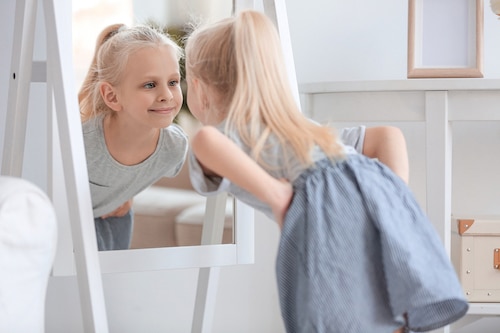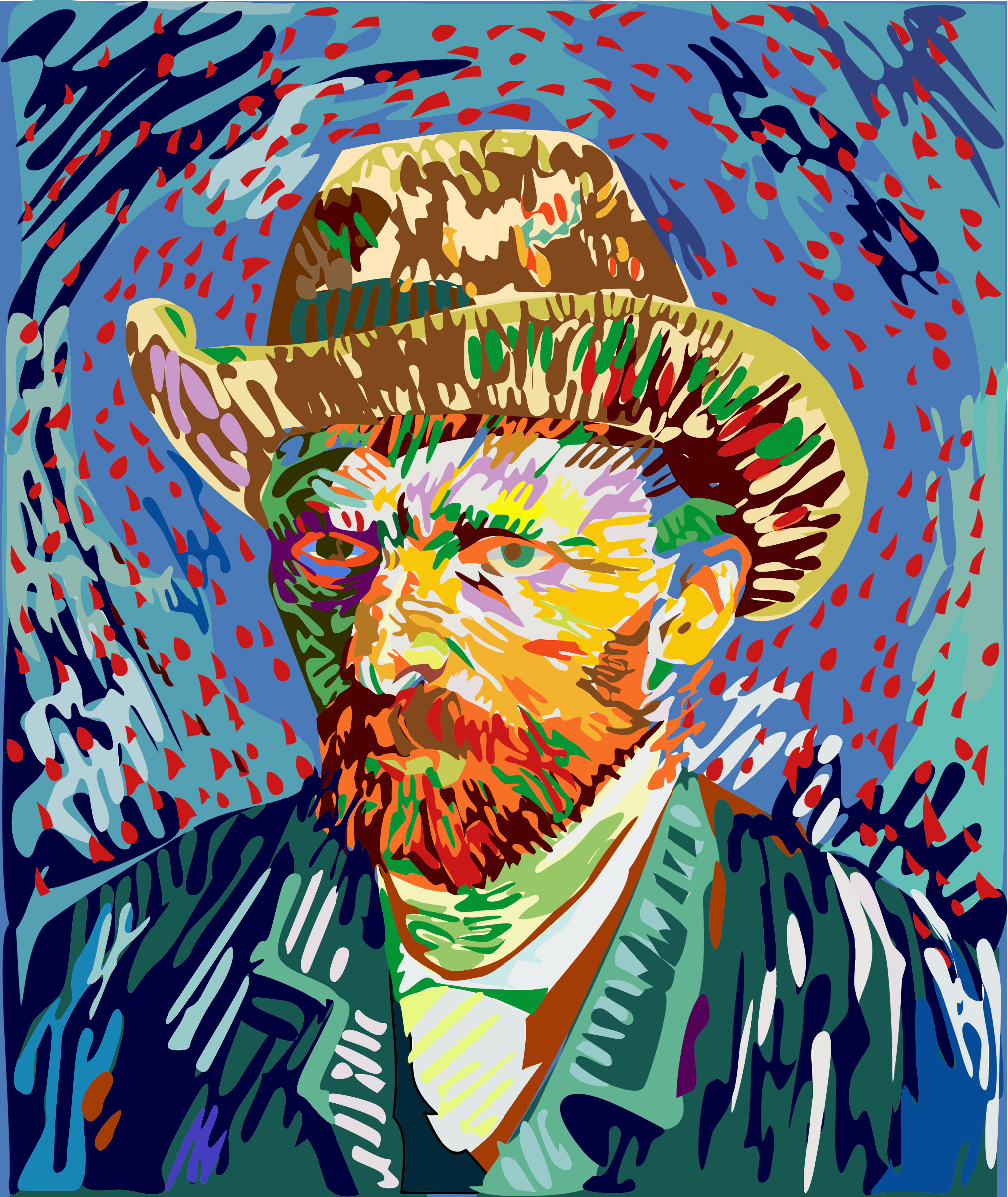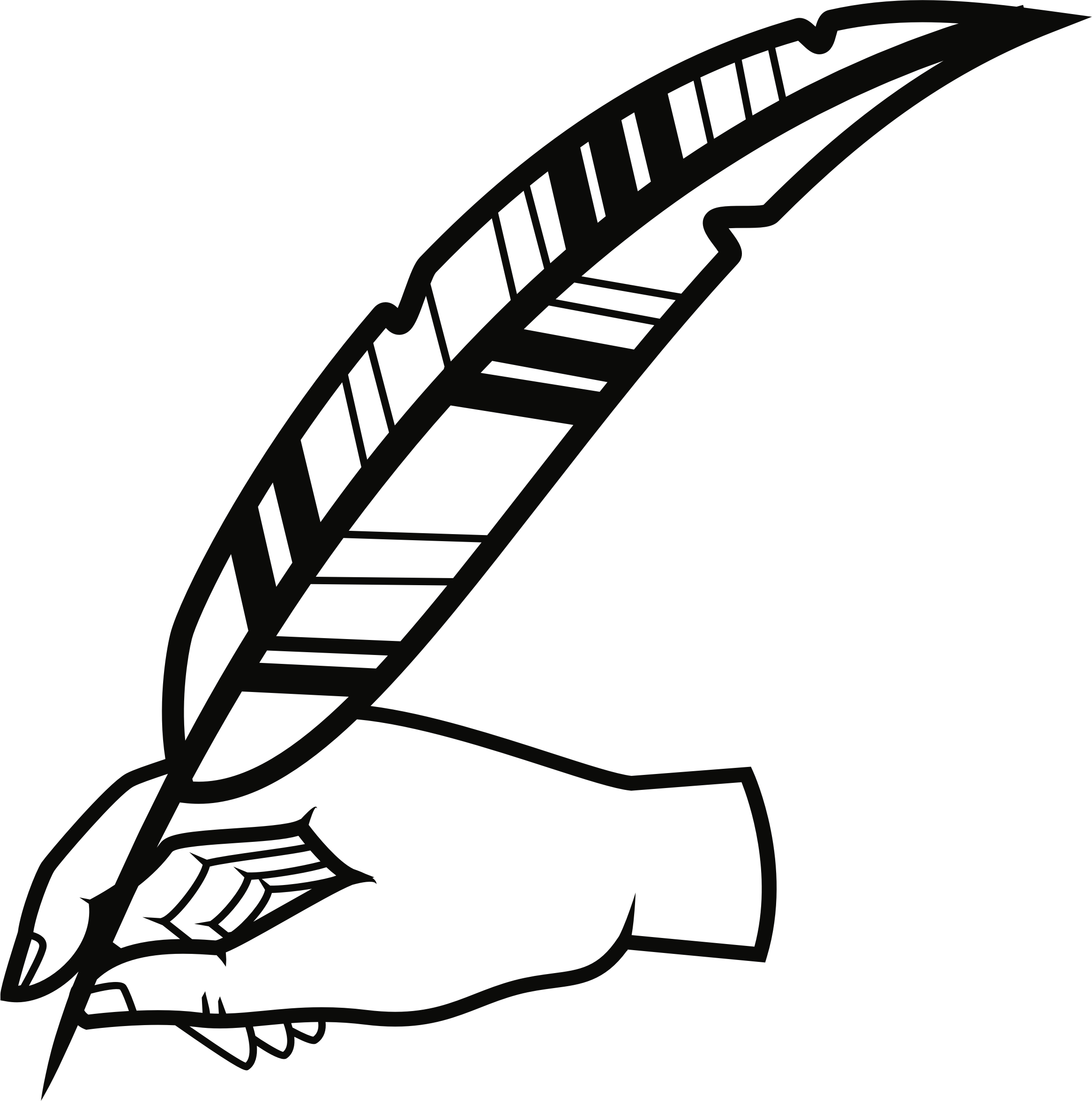 Once upon a time (according to Lewis Carroll), a Caterpillar asked a little girl named Alice a very important question: “Who are you?” Alice admitted that she had no idea—she’d changed so much in just one day, she wasn’t sure she was even herself anymore. Kids tend to be like that—one minute they’re impossibly tiny, barely able to walk on their own two feet, and the next thing you know, they’re taller than you and graduating from college.
Once upon a time (according to Lewis Carroll), a Caterpillar asked a little girl named Alice a very important question: “Who are you?” Alice admitted that she had no idea—she’d changed so much in just one day, she wasn’t sure she was even herself anymore. Kids tend to be like that—one minute they’re impossibly tiny, barely able to walk on their own two feet, and the next thing you know, they’re taller than you and graduating from college.
Like Alice, your elementary students are young but growing fast and may not yet be fully aware of themselves or know precisely who they are. (Few of us do!) Self-awareness building exercises like this unique self-portrait lesson plan can help your students learn a lot—both about themselves and their own creative potential.
 Step #1: Exploring the World of Self-Portraits
Step #1: Exploring the World of Self-Portraits
 Before your students embark on their own journeys of self-discovery, let them first gather inspiration by examining a few examples, either individually or as a class. Frida Kahlo and Vincent Van Gogh’s self-portrait paintings are classic choices for modeling visual portraiture. Kid-friendly autobiographies like Boy: Tales of Childhood by Roald Dahl or I Am Rosa Parks also make for great classroom reading—even if you only have time to explore a few excerpts. Poetry like Adam Zagajewski’s “Self-Portrait” may also be of interest to older elementary students.
Before your students embark on their own journeys of self-discovery, let them first gather inspiration by examining a few examples, either individually or as a class. Frida Kahlo and Vincent Van Gogh’s self-portrait paintings are classic choices for modeling visual portraiture. Kid-friendly autobiographies like Boy: Tales of Childhood by Roald Dahl or I Am Rosa Parks also make for great classroom reading—even if you only have time to explore a few excerpts. Poetry like Adam Zagajewski’s “Self-Portrait” may also be of interest to older elementary students.
 Step #2: Taking a Closer Look
Step #2: Taking a Closer Look
 Once you or your students have gathered your research materials, be sure to take time to discuss them, either in groups or as a class. Ask your students to think about the pictures and autobiographies they’ve seen and ask themselves what those images and words reflect about their subjects. Does Frida seem serious? Does Vincent look lonely? Does Boy make Roald seem like he was a fun kid to hang out with? Then, ask your students to consider how they might use similar styles or techniques to convey certain things about themselves in their own self-portraits.
Once you or your students have gathered your research materials, be sure to take time to discuss them, either in groups or as a class. Ask your students to think about the pictures and autobiographies they’ve seen and ask themselves what those images and words reflect about their subjects. Does Frida seem serious? Does Vincent look lonely? Does Boy make Roald seem like he was a fun kid to hang out with? Then, ask your students to consider how they might use similar styles or techniques to convey certain things about themselves in their own self-portraits.
 Step #3: Writing a Creative Autobiography
Step #3: Writing a Creative Autobiography
 For lower grade levels, start by providing your students with two separate sheets of simple framed sentences or paragraphs. One sheet should include information such as their name, where they were born, what they look like and what people and pets make up their family. The other page should be about more personal topics, like what their hobbies are, who they look up to and what they want to be when they grow up.
For lower grade levels, start by providing your students with two separate sheets of simple framed sentences or paragraphs. One sheet should include information such as their name, where they were born, what they look like and what people and pets make up their family. The other page should be about more personal topics, like what their hobbies are, who they look up to and what they want to be when they grow up.
For more advanced writers, try digging a little deeper by co-opting a popular internet meme about public versus private perceptions. Ask them to start by writing an introductory paragraph that includes basic information about who they are and their lifestyle. Then, ask them to write one paragraph each on the following topics:
- “How My Teachers See Me”
- “How My Parents See Me”
- “How My Friends See Me”
Have them conclude with a paragraph or two on the most important perspective of all—“How I See Myself.” Throughout the writing exercise, encourage them to be descriptive, imaginative, and above all, true to themselves.
 Step #4: Drawing a Unique Self-Portrait
Step #4: Drawing a Unique Self-Portrait
 Of course, no self-portrait lesson plan would be complete without an actual self-portrait! Ask your students to draw themselves in a way that reflects who they are on the inside, not what they look like on the outside. Extroverted, energetic students might choose to use brighter colors to spice up their portraits, while more serious or quiet students may prefer to use black ink and a more realistic style. Superhero fans can draw themselves as they would appear in a comic book panel, while a student who loves horses might draw themselves riding on one. Remind your students that these self-portraits are their chance to have fun and express themselves!
Of course, no self-portrait lesson plan would be complete without an actual self-portrait! Ask your students to draw themselves in a way that reflects who they are on the inside, not what they look like on the outside. Extroverted, energetic students might choose to use brighter colors to spice up their portraits, while more serious or quiet students may prefer to use black ink and a more realistic style. Superhero fans can draw themselves as they would appear in a comic book panel, while a student who loves horses might draw themselves riding on one. Remind your students that these self-portraits are their chance to have fun and express themselves!
 Step #5: Publishing Student Portraits
Step #5: Publishing Student Portraits
 The final step in this lesson plan is easier than it sounds. Once your students have completed their artwork and edited and revised their autobiographies, it’s time to send their portraits to print! You can use a paper publishing kit and submit your materials by mail—just be sure to only send copies of any artwork you or your students want to keep!—or you can use a digital bookmaker to create, format and submit your manuscript via the internet. Then your students’ work will be turned into a professionally bound book, worthy of any library or bookstore shelf - featuring your students very own names and faces.
The final step in this lesson plan is easier than it sounds. Once your students have completed their artwork and edited and revised their autobiographies, it’s time to send their portraits to print! You can use a paper publishing kit and submit your materials by mail—just be sure to only send copies of any artwork you or your students want to keep!—or you can use a digital bookmaker to create, format and submit your manuscript via the internet. Then your students’ work will be turned into a professionally bound book, worthy of any library or bookstore shelf - featuring your students very own names and faces.
A Portrait of the Elementary Student as a Young Author
Self-portrait projects don’t just build your elementary students’ self-awareness. They also offer your students a chance to grow and explore sides of themselves they may have been unaware of. Helping them publish their work and share their stories with fellow students can help build their confidence by giving them a sense of accomplishment and acknowledgment far more poignant than the average classroom assignment can offer. With your help, they’ll be able to look at themselves in the mirror and see more than just their own faces staring back at them—they’ll see proud authors capable of achieving anything they set their minds to.
For more free educational resources, including lesson plans, worksheets and more, head over to our online teacher’s lounge, and don’t forget to sign up for your free publishing kit!
Image sources: Lead image via BigStock; Images 1, 2, 3, 4, 5 via OpenClipart.org





